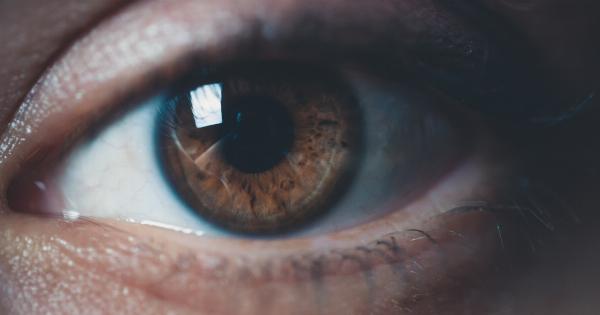Skin cancer is a concerning health issue that affects millions of people worldwide. While most cases of skin cancer can be successfully treated if detected early, delayed diagnosis can have serious consequences.
In this article, we will explore radial hyperkeratosis, a potential warning sign of skin cancer. We will discuss its causes, symptoms, diagnosis, and treatment options. By understanding and recognizing radial hyperkeratosis, individuals can take proactive measures to address potential skin cancer risks and seek timely medical intervention.
What is Radial Hyperkeratosis?
Radial hyperkeratosis is a dermatological condition characterized by the excessive production of keratin, a protein found in the skin, hair, and nails. It typically manifests as thickened, rough, and scaly patches on the skin’s surface.
These patches can vary in size, shape, and color, ranging from reddish to brownish hues. Radial hyperkeratosis is commonly associated with chronic sun exposure and is often seen in individuals with fair skin.
Causes of Radial Hyperkeratosis
The primary cause of radial hyperkeratosis is long-term exposure to ultraviolet (UV) radiation from the sun. UV radiation damages the DNA in skin cells, leading to abnormal growth and replication.
Over time, this abnormal cell growth can result in radial hyperkeratosis. Individuals who frequently spend time outdoors without sufficient sun protection are at a higher risk of developing this condition.
Additionally, having fair skin, a family history of skin cancer, and a weakened immune system also contribute to the development of radial hyperkeratosis.
Symptoms and Warning Signs
Recognizing the symptoms and warning signs of radial hyperkeratosis is crucial for early detection of potential skin cancer. The most common symptoms include:.
- Thickened, rough patches on the skin
- Scaly or flaky skin
- Redness or discoloration of the affected areas
- Itching or tenderness in the affected areas
- Changes in the size, shape, or color of existing moles
It is important to note that while radial hyperkeratosis can be a warning sign of skin cancer, not all cases of this condition are cancerous.
However, any changes or abnormalities in the skin should be evaluated by a healthcare professional to rule out the possibility of skin cancer.
Diagnosis
To diagnose radial hyperkeratosis and determine the presence of skin cancer, a healthcare professional will conduct a thorough examination of the affected areas.
They may also perform a skin biopsy, which involves removing a small sample of the affected skin for laboratory analysis. The biopsy results can reveal the presence of cancerous cells or abnormalities that warrant further investigation.
Treatment Options
The treatment options for radial hyperkeratosis depend on the underlying cause and potential presence of skin cancer. If the condition is identified as precancerous or cancerous, treatment may involve:.
- Surgical excision to remove the affected tissue
- Topical medications, such as creams or ointments, to target abnormal cell growth
- Cryotherapy, which involves freezing the affected area to destroy abnormal cells
- Photodynamic therapy, using light and a photosensitizing agent to destroy precancerous or cancerous cells
- Chemotherapy or radiation therapy, in cases where the cancer has spread
It is important to consult with a dermatologist or oncologist to determine the most appropriate treatment option based on individual circumstances.
Prevention and Sun Protection
Prevention plays a crucial role in reducing the risk of skin cancer and radial hyperkeratosis. Here are some important preventive measures to consider:.
- Limit sun exposure, especially during peak hours.
- Wear protective clothing, such as wide-brimmed hats, long sleeves, and trousers.
- Apply broad-spectrum sunscreen with a high sun protection factor (SPF) regularly and generously.
- Seek shade and use umbrellas or canopies when spending time outdoors.
- Avoid tanning beds and artificial sources of UV radiation.
- Check your skin regularly for any changes or abnormalities and seek medical attention if necessary.
By practicing sun-safe behaviors and taking proactive steps to protect the skin, individuals can significantly reduce their risk of developing skin cancer and radial hyperkeratosis.
Conclusion
Radial hyperkeratosis can serve as an important warning sign of skin cancer. Understanding its causes, symptoms, diagnosis, and treatment options empowers individuals to recognize and address potential risks promptly.
By practicing good sun protection habits and seeking early medical intervention, individuals can greatly contribute to the prevention and timely treatment of skin cancer. Stay vigilant, prioritize skin health, and consult with healthcare professionals for personalized guidance and advice.

























